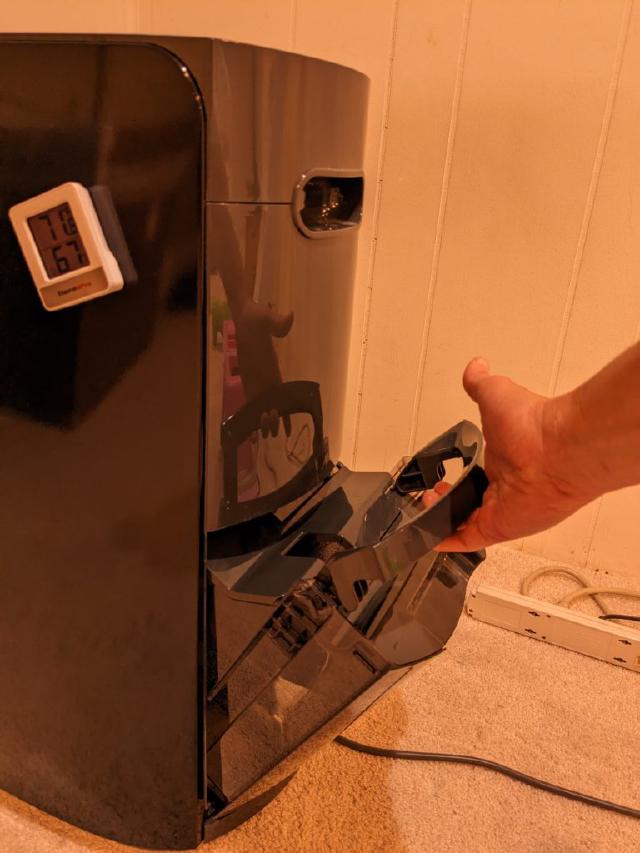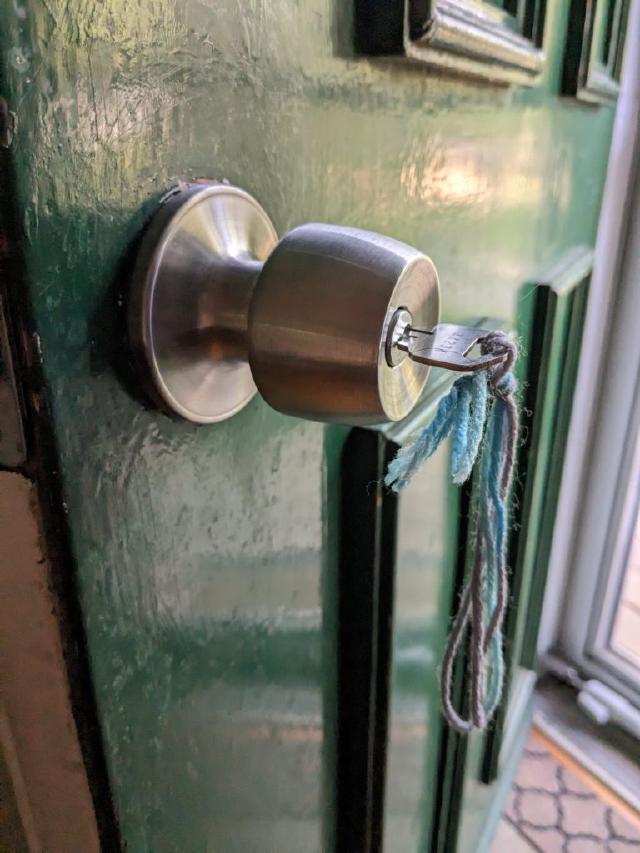“While we’re out of town,” my neighbor kindly asked, “will you please come empty our dehumidifier?” During the hot and humid Virginia summer, their basement becomes moldy. The dehumidifier decreases the moisture. Their front door is only steps away from mine, so it wasn’t a big ask. She warned, “you might need to go over more frequently if it is rainy.” As it turns out, during their two week vacation, we had daily summer rainstorms.

Through my years of homeschooling, there have been times when I’ve tried to begin a new subject (such as geography lessons) or a new topic (such as poetry memorization) and felt like I just couldn’t get it going. I’ve started to learn about what I personally need in order to successfully incorporate something extra into my schedule.
First, habit stack.
Attach the new habit to an existing habit. What are you already doing that is going well? If you already have a read-aloud time, doing poetry recital immediately after that will help you remember to do it. In our family, we’ve tied habits to meals, teeth brushing and first-thing-in-the-morning. Creating a chain of successful habits builds momentum and confidence.
Second, remove any obstacles.

Sometimes the obstacle is in the mechanics of the activity. One of my children only liked a very particular type of pen, and when we didn’t have that available, his school time was impossibly frustrating for him. Another child felt that carrying all her books from her shelf to the learning space was too heavy. She would leave the large grammar book on the shelf, and we began to fall out of a routine, forgetting to do it when it wasn’t there. Making sure the supplies are organized in a supportive way helps us create a solid routine.
Third, create cushion time.
In order to study math for 15 minutes, I need to reserve a 30 minute increment of time. This includes time to get settled and get started. This also allows for small, natural interruptions while working. Scheduling buffer time makes the commitment easier to keep.
Fourth, have compassion on yourself.
Sometimes we just can’t accomplish all we’d like to do. Rather than viewing the auto shut-off feature as a sign of failure, we can see it as a different cue. We’re being aware. We’re getting going. We would like to be learning more often, but, what we are doing is the first step. I find I can build better momentum when I am forgiving of mistakes.
As you evaluate your priorities for your homeschool day and begin to incorporate new habits, I hope these principles will help you: stack your habits, remove obstacles, cushion your time, and have compassion.